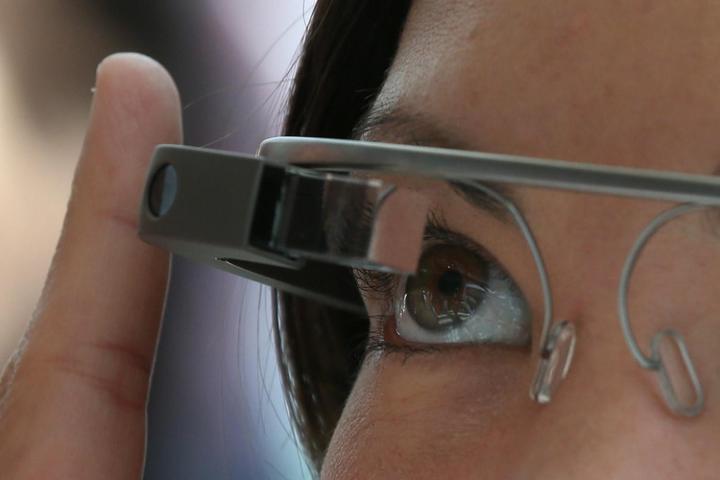
Google released its MyGlass companion app for iOS earlier this week, and then promptly pulled it, apparently because it first needed to roll out its XE12 firmware update for Glass.
Now that the firmware update has been made available, the Mountain View company has once again released the iOS app, and it can now be found as a free download in the iTunes store.
Like the Android equivalent, MyGlass for iOS allows Google’s army of iDevice-owning Explorer testers to easily set up and configure their face-based computer using their iPhone or iPad (iOS 7 or later). Before, iOS users had to visit the MyGlass website to carry out such tasks.
Features include Screencast, something no doubt many Glass users will be keen to play around with. This lets a Glass wearer show others exactly what they’re seeing through their face-based computer via an iPhone or iPad screen.
Turn-by-turn directions via Glass is also enabled with the app, and you can use it to manage your contacts, too.
While the Android MyGlass app allows Explorers to send SMS messages via their high-tech headwear, such functionality is not yet available with the iOS app, Google said on its Glass website.
Up to now, iDevice owners have been able to surf the Web and make calls by pairing Glass with their iPhone via Bluetooth using the handset’s Personal Hotspot feature, so the launch of the app essentially adds management functionality as well as a few new features as already mentioned.
Google has been enhancing Glass’s software with updates rolled out on a monthly basis this year, though with things slowing down over the holiday season, the company said this week’s releases cover January too, with the next one lined up for February. Many are expecting Glass to get a commercial release in 2014, though Google is yet to offer any concrete information on such a release.
The company is currently sending out a revamped Glass to its Explorer testers, with the updated device close to what we can expect to see when the gadget finally hits stores some time next year.


